Business Distribution Agreement: Terms That Protect You
It's a more formal way to lay out the "who does what" in the partnership, who provides the product, who is selling it, and how they're going to both profit from the transaction.
What is a Distribution Agreement?
Fundamentally, it's a legally enforceable agreement between a distributor and a supplier stipulating how services or products will be sold, marketed, and distributed.
The agreement serves to synchronize expectations and safeguard both parties from financial, legal, and operational errors.
But here is the thing, although these contracts address a lot of areas, there are three parts that actually require your complete attention, like price, payment, and term.
They may look simple at first glance but if you do not define them properly, they can lead to huge problems in the future.
Whether you're distributing or supplying, doing these parts correctly will save you from misunderstandings, lost business, or even legal issues in the future.
Let's break them down.
Key Takeaways
- A business distribution agreement describes how two businesses collaborate to distribute a product.
- Identify three areas of focus: price (how much), payment (how and when), and term (how long).
- Well-defined terms prevent confusion and safeguard both parties against future arguments.
- It is worth investing some time in getting these things correct from the beginning.
Understanding Your Interests
Before you have even begun writing or negotiating a business distribution agreement, there's one question that both parties must ask themselves truthfully: What are we attempting to get out of this partnership?
It is simple, but businesses too often enter into agreements without taking the time to actually consider their objectives.
Are you the supplier aiming to penetrate a new market quickly?
Or are you the distributor seeking a long-term brand to develop with?
Perhaps you're piloting a product in a niche market and need to keep your options open.
Whatever your objective is, it should influence how you deal with key terminology such as price, payment, and contract length.
Let’s break it down:
If your concern is market coverage, you may be willing to sell at a discount up front to encourage your distributor to move volume.
That means you'll want to include options to revisit prices down the road, particularly if the product catches on.
If profitability per unit is your target, you'll be more defensive in terms of your prices and may restrict discounts or demand minimum order quantities in order to make the transaction worthwhile.
If you're in this for the long term, then the term (how long the contract lasts) becomes a priority.
You'll want to know what the renewal provisions are, how either party can exit if something goes wrong, and if the performance metrics are bound up with remaining in the agreement.
And here's another layer to consider: the type of distribution agreement also shapes your priorities.
An exclusive agreement - An exclusive arrangement, where there is only one distributor with the right to sell your product within a specific geographic area, typically involves more expectations. You will likely want goals for performance and potentially more commitment.
A non-exclusive or wholesale agreement provides more flexibility for both sides but less predictability. You could be one of several sellers or buyers, so you will likely negotiate more flexible pricing and shorter terms.
Navigating the Price Point
Price isn't something you simply enter into a contract and forget, when it comes to a business distribution deal.
It's the pulse of the deal. It influences your profitability, your market competitiveness, and how invested each party is in making the deal succeed.
First things first: how do you determine the price to begin with?
If you're the distributor, you have to consider your costs, your rivals, and the utility that your product has for the market.
Too high? Your distributor may not be able to sell to you.
Too low? You may wind up losing money or leading everyone to believe that your product is cheap because it's not good.
A better strategy is to begin with a pricing formula that is competitive and profitable, then experiment and tweak accordingly.
Now, about price raises and drops.
In certain contracts, the supplier can increase prices, but only if they provide notice (e.g., 90 days).
That notice time is significant because it allows the distributor time to reset their plans.
Ensure the contract defines how prices may be adjusted and on what basis.
And don't forget, as prices can rise, so too can they fall.
Maybe you’re launching a promotion, or the market shifts.
Some agreements give the supplier the flexibility to lower prices, too, which can be a great tool to drive sales.
And lastly, there's the resale price matter.
While the supplier has a fixed price to the distributor (generally wholesale), the distributor generally decides their own resale price.
Suppliers may recommend a retail price, but in most locations, they can't legally impose it.
Ultimately, price is more than numbers; it's a reflection of both sides' intentions on how they are going to grow together.
Structuring Payment Terms
First, what is the type of payment model you are dealing with?
Some transactions are commission deals, in which the distributor makes a percentage on every sale.
Others are buy-and-resell transactions, where the distributor purchases inventory at wholesale and resells it for a markup.
There's even the fixed-fee method, in which a distributor pays a fixed fee for distribution rights.
Every model has its advantages and disadvantages, so it's critical to select one that suits your objectives.
Most contracts also have split payments: say, 30% upon acceptance of the order and 70% when goods are shipped.
This allows the supplier to control production or shipping charges while providing some freedom to the distributor.
Look for "Net 30" or "Net 60," which means simply that the distributor must make a payment within 30 or 60 days of receiving an invoice.
Determine what the timing works for both parties' cash flow.
And let's not overlook payment options. Will it be a wire transfer? Direct debit? Digital wallet?
Get precise in the agreement so there's no ambiguity later.
And consider currency, too, particularly in overseas transactions. Who pays for conversion fees? It's best to get this settled now rather than fight about it later.
And what happens when things don't work out? Delayed payments, faulty goods, or late deliveries can sabotage the system.
Your contract must describe what to do in such situations.
Term and Termination
Let's begin with the term: for how long the deal is going to last.
Some agreements are for a fixed length, such as one or two years.
Others are open-ended, with a renewal option. It's the important thing to do, to ensure the duration aligns with your objectives.
Then there's renewal. Is it automatic unless both parties decide not to renew?
Must it be by formal notice? Who makes the decision? It's usual for distributors to have renewal rights, particularly if they're working hard to develop a market.
Termination can occur in two primary manners: with cause or without cause.
Termination with cause typically implies that someone did something against the rules.
Perhaps they violated the agreement, became insolvent, or committed something nefarious that harms the other's reputation.
Termination without cause is somewhat more flexible, it allows either party to disengage for any reason, provided that they provide proper notice.
The Interplay and Final Checks
These clauses are intertwined, and a decision in one can affect the others directly.
Now, before you sign and agree to anything, step back for a few last checks.
Firstly, go through the entire agreement clause. This section stipulates that all that you and your partner have agreed upon is in the document, and nothing extraneous applies.
Double-check also how the governing law is treated. The contract will typically specify whose laws govern if there's ever any disagreement.
This is more important than you realize, particularly if parties are located in various areas.
It can determine how terms are interpreted as well as what remedies may be pursued.
Finally, don't discount the importance of having a lawyer review it.
Even with a template, your attorney can identify gaps, ambiguity, or unfair provisions that could get you into trouble down the road.
Creating a Solid Partnership on Solid Ground
Ultimately, a business distribution agreement is not just a form, it's a road map for how two businesses will collaborate to touch more customers, ship more product, and grow together.
And like any good set of plans, it must be straightforward, thorough, and founded on stable ground.
It consists of the three major building blocks we've discussed: price, payment, and term.
If these are defined well, you establish a smoother, more predictable relationship.
You know how much money is going in (and when), how long the association will be, and how to schedule your operations around it all.
Spending time getting these terms negotiated accurately does not slow down, but rather accelerates progress in the future.
You eliminate back-and-forth later on. You lower the chance of conflicts and, above all, you establish expectations that people can rely on.
If you’re managing multiple distribution agreements or just want to keep your contracts organized and easy to access, tools like Dock 365 can help.
The Microsoft 365-enabled contract management system simplifies negotiations, reminders, and renewals, all in one secure place.
Book a free demo with Dock 365 and discover how smart contract management can take your distribution strategy to the next level.
Like our content? Subscribe to our newsletter on LinkedIn for more insights and updates.
Book a Live demo
Schedule a live demo of Dock 365's Contract Management Software instantly.

Written by Jithin Prem


